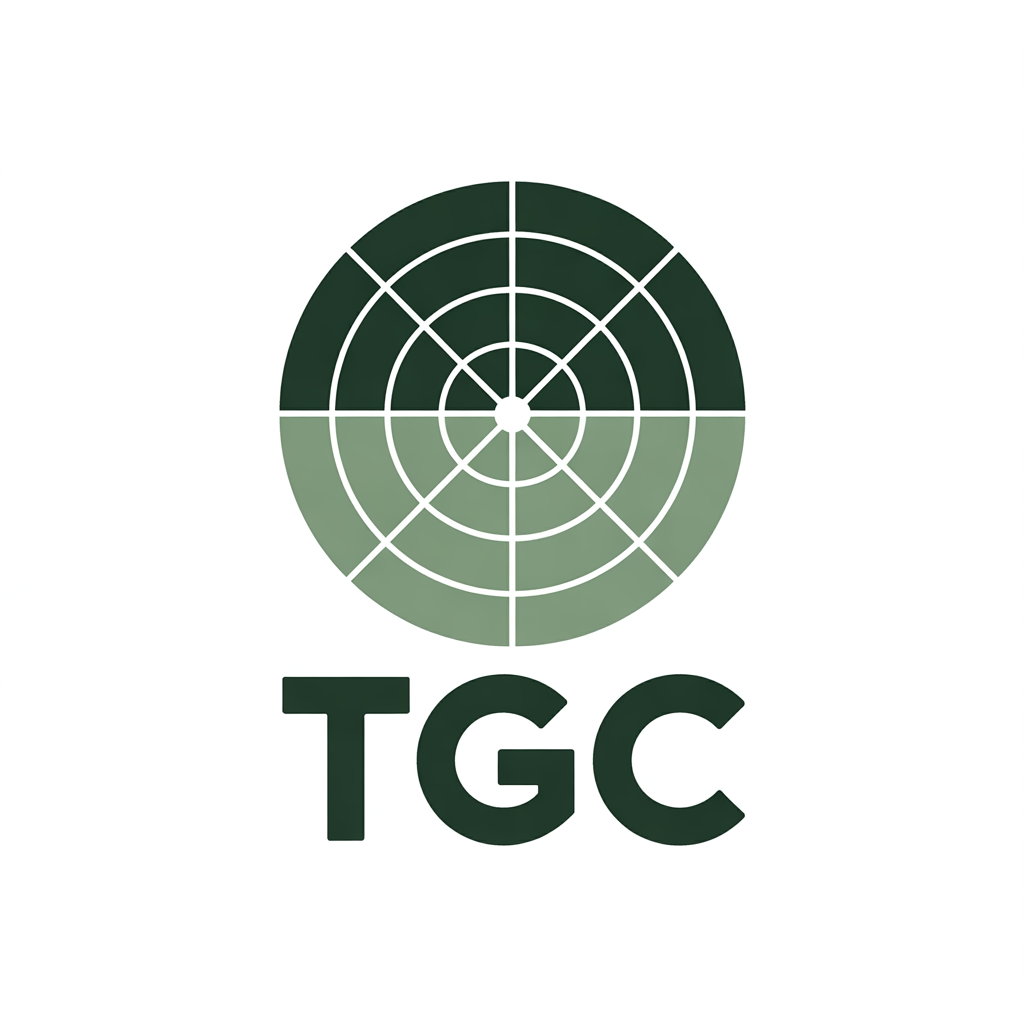One of the few industries still experiencing real growth, with markets opening year after year, the gambling industry faces numerous challenges. The product team must contribute to overcoming these challenges and move beyond simply focusing on development at a given moment, adopting instead a long-term vision.
This is where PMM—Product Marketing Management—comes into play. More versatile than the roles of Product Owner or Product Manager, the PMM is involved in every stage of product development: from strategy, pricing, and discovery, to scoping, delivery, commercialization, and post-release management.
In contrast, Product Owners typically focus on discovery, scoping, and delivery phases, with limited involvement in the long-term management of the solution after its launch.
This relatively new discipline aims to bridge the gap between the various stakeholders involved in product implementation and address all concerns along the way. In the gambling sector, the key stakeholders typically include:
- Compliance & Legal
- Tech
- Business
- Design
At TGC, we like to take it a step further by including:
- Customer Service: to identify and outline how the Product team intends to manage customer pain points.
- Sales: to define the go-to-market strategy with the teams who have in-depth knowledge of the field.
Not all stakeholders will be involved from A to Z in product development. Some will only be consulted during the needs gathering and scoping phase (e.g., Compliance & Legal, to identify early on the boundaries not to be crossed during both development and commercialization). Others, like Tech and Design, will primarily be involved during the delivery phase.
For companies of all sizes, this approach presents several biases:
- The PMM role is not always a defined job. Similar to the initial agile roles, anyone may take on this role depending on the needs of the company and the interest of individuals. We now see these roles becoming full-time positions due to organizational demands in today’s corporate environment. It is more about using business and project management instincts than strictly following a job description.
- Fear of inertia:
- Bringing so many people to the table can seem counterintuitive, especially if the culture of efficient meetings is not well-established. The PMM’s role is not only to gather everyone but also to ensure that the outcomes provide substantial value.
The PMM role progresses step by step, integrating into project processes—whether using V-Model or Agile frameworks—but adds a layer of business acumen to ensure maximum value is delivered to users.

Integrating these considerations to anticipate the product lifecycle is a guarantee of Product-Market Fit and mastery of the go-to-market strategy by prioritizing what delivers value to the customer first, while ensuring the product does not become obsolete after its launch.
Conclusion
Implementing a PMM vision is a strategic choice that must stem from the strong conviction of the C-level executives. Being supported by experts in these methodologies is also a key factor for success and for bringing teams on board.
Contact us to learn more about the projects we have undertaken and to discuss your challenges together.


